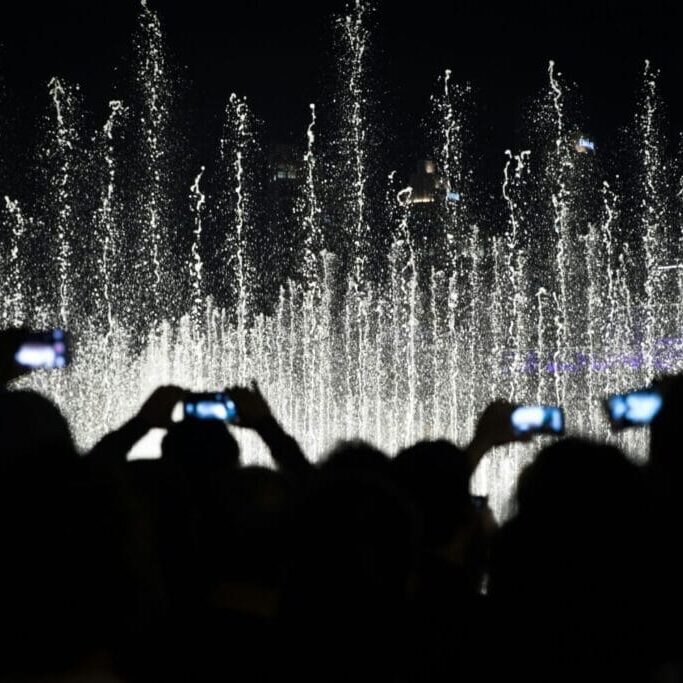
Social media: the modern-day panopticon
Have you ever felt watched while using social media?
In our current world, where billions of people are connected and utilize social media regularly, it may feel as though everyone is always watching. Be it something as small as liking a reel on Instagram, listening to a song on Spotify or reposting a video on TikTok, all our actions online are broadcast for friends and followers to see. While this may sound harmless, it has negative effects.
The panopticon: the past and present
The panopticon, a prison concept designed by philosophers Jeremy and Samuel Bentham, comes to mind when thinking about the phenomenon of social media.
The key mechanism behind the panopticon prison system is a central watchtower that overlooks all prison cells and ensures inmates cannot tell when they are being observed. The design creates an incredibly effective way to control prisoners’ behavior as inmates are under the impression they are being constantly surveilled and begin regulating themselves, internalizing the state of being observed.
Our society has fully embraced the concept of the panopticon, with its applications extending far beyond formal penal institutions such as jails and prisons. Think of how a properly placed CCTV camera can affect crimes and petty theft at a shopping mall, for example. The potential of being observed by others is a powerful governor of behaviors and is used in many institutions, as argued by 20th century philosopher Michel Foucault in his work, Discipline and Punish.
Self-surveillance and self-consciousness in the age of social media
Gen Z has often been labeled as ‘self-absorbed’ or ‘narcissistic’ by members of the older generation. Although some studies have since proved this branding wrong, there may indeed be something unusual about the “social media generation” where diagnosed rates of depression and anxiety are at an all-time high.
The rise of and reliance on social media is sometimes declared as the cause of increases in mental health diagnoses despite inconsistent evidence for this claim. Investigating social media and its mechanisms may help us understand this relationship.
Social media turns users into both the observer and the observed. We may choose to share our best memories, thoughts, experiences and emotions and see others doing the same in turn. However, remaining true to its ‘panoptic’ traits, most forms of social media do not tell us who exactly is watching.
I distinctly remember being told in high school that staying mindful of our digital footprint would be imperative for the future in a digitalized world. This instilled the message that everybody is watching — including possible college admissions board members and future employers in addition to one’s partner, friends and family. Companies such as Facebook, Google and Instagram also join the list of observers and track vast amounts of data for targeted advertising.
Politics and the advancement of certain viewpoints and topics of discourse are also not immune to the reach of the social media panopticon. Extreme political messages are amplified by the very algorithms that create our feeds.
Social media can thus have a dissociative effect by pushing users to see themselves from a third-person point-of-view, considering each perspective of the various people who may be viewing them. Rather than being self-obsessed, recent generations should perhaps be rebranded as ‘self-conscious’.
Aesthetics and how one’s life may appear to be on the surface is now prioritized over the authentic and multifaceted human experience. At a critical period in life where most young adults are creating their identity and finding out who they are, this proposes a unique challenge in separating the curated performative version of oneself and the authentic sense of self.
The antidote to the social media panopticon
The challenge of carving out one’s self as a young adult is a vital step to developing an identity. This is even harder in the presence of social media. The constant pressure to curate one’s identity to a perceived audience can create a powerful form of cognitive dissonance in which one’s true self is quite different from one’s projected self.
Avoiding this cognitive dissonance by lessening your performative self is the key to dealing with the novel obstacles social media creates. By attempting to lessen the focus on social media’s fleeting external validation and striving for personal growth through an identity based on one’s values, one can protect their mental well-being.
Social media are great resources to interact with friends and stay “in the loop.” However, the “loop” can produce a distorted sense of reality if not navigated mindfully.






